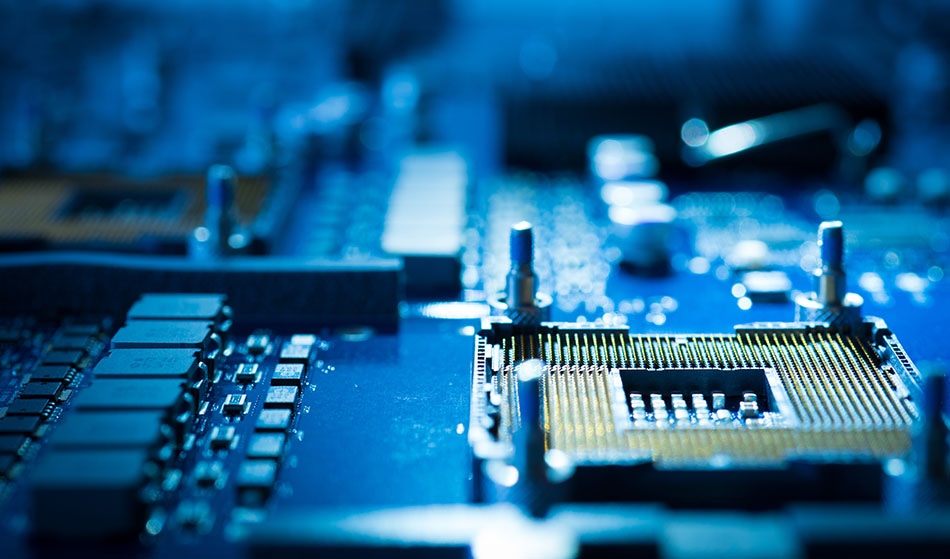Many semiconductors are made from toxic or very expensive materials. The issue of toxicity is particularly troublesome for semiconductors in the many solar cells that used lead-containing perovskites.
Looking to address these issues, researchers from Iowa State University have developed a semiconductor material made from sodium, bismuth, and sulfur – all of which are inexpensive and non-toxic.
 Image credit: aPhoenixPhotographer/Shutterstock
Image credit: aPhoenixPhotographer/Shutterstock
According to a report in the Journal of the American Chemical Society, the Iowa team’s semiconductor material is ideal for solar cells, and unlike similar, conventional materials used to make solar cells, they are stable when exposed to air and water.
The study team said their work was inspired by a conference presentation from Massachusetts Institute of Technology researchers that indicated there might be viable alternatives for perovskites in semiconductors. Using grant monies of nearly $790,000 from the National Science Foundation, the Iowa team took 18 months to develop their cutting-edge perovskite replacement made from sodium, bismuth, and sulfur.
The study team noted that sodium is abundant, bismuth is a by-product of mining operations and sulfur is the fifth-most common element on the planet.
“Our synthesis unlocks a new class of low-cost and environmentally friendly ternary (three-part) semiconductors that show properties of interest for applications in energy conversion,” the researchers wrote in their report.
In addition to creating a promising material, the study team also developed an easy, low-temperature fabrication process that allows for the tuning of the material’s properties. For instance, by adjusting precursors or reaction temperature, the size of the material’s nanocrystals, and therefore its properties, can be adjusted.
The researchers said their novel material looks promising for use in solar cells and one member of the study team, Iowa State graduate student Bryan Rosales, said he is currently working on integrating the material into solar cells.
“We believe the experimental and computational results reported here,” the study team wrote in their report, “will help advance the fundamental study and exploration of these and similar materials for energy conversion devices.”
News of the new semiconductor material comes after Canadian researchers announced they had developed a way to mass produce an emerging class of fast, cheap semiconductors. The Canadian report described a technique to concurrently manage the orientation and pick the size of single-walled carbon nanotubes to be placed on a surface. The new technique gives semiconductor producers the opportunity to use carbon rather than silicon, potentially shrinking the size and boosting the speed of devices while enhancing their battery life.
"We're reaching the limits of what's physically possible with silicon-based devices," said study author Derek Schipper, an organic materials researcher at the University of Waterloo. "Not only would single-walled carbon nanotube-based electronics be more powerful, but they would also consume less power."
Dubbed the Alignment Relay Technique, the new production method depends on liquid crystals to transfer orientation information to a layer of metal oxide. After the information has been passed, small molecules known as iptycenes are then attached to the surface securing an orientation pattern into place. The structure of iptycenes includes a pocket big enough to house a specific size carbon nanotube. In the new process, the nanotubes remain after iptycenes are washed away.
This is the first time chemists have been able to externally control the orientation of small molecules covalently bonded to a surface. We're not the first ones to come up with potential solutions to work with carbon nanotubes. But this is the only one that tackles both orientation and purity challenges at the same time.
Derek Schipper, Professor of Chemistry & member of the Waterloo Institute for Nanotechnology
Disclaimer: The views expressed here are those of the author expressed in their private capacity and do not necessarily represent the views of AZoM.com Limited T/A AZoNetwork the owner and operator of this website. This disclaimer forms part of the Terms and conditions of use of this website.